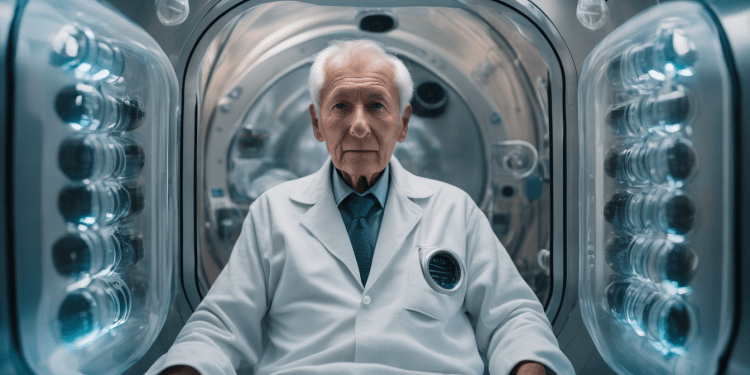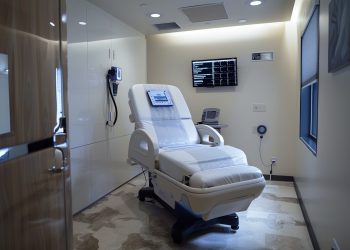Unveiling the Potential of Oxygen in Age Reversal
Recent research in the field of anti-aging revealed a groundbreaking discovery. A study conducted in 2020 uncovered that Hyperbaric Oxygen Therapy (HBOT) might hold the key to reversing the aging process at a cellular level. This innovative therapy, typically known for treating decompression sickness in divers, could potentially be the elixir for extending human longevity.
Decoding the Science of HBOT
Participants in the study underwent 60 HBOT sessions over a 90-day period. Remarkably, the results showed telomere elongation and a significant reduction in senescent cells. Telomeres, the protective caps at the end of chromosomes, typically shorten as we age, leading to cellular aging and dysfunction. The reduction of senescent cells, often termed ‘zombie cells’, is equally important as they are associated with various age-related diseases and chronic inflammation.
From the Lab to Life: Implications of HBOT
The findings from this study are not just a scientific curiosity but could translate into practical applications for anti-aging protocols. By incorporating HBOT into regular health routines, individuals may have the opportunity to combat the effects of aging at their root – our cells.
- Consider HBOT sessions as part of a comprehensive wellness plan.
- Consult with healthcare providers about the potential benefits and risks.
- Stay informed about new research and developments in anti-aging treatments.
While HBOT is a medical treatment that should only be pursued under professional guidance, understanding its potential encourages a proactive approach to health and longevity.
Embarking on the Journey to Youthful Vitality
The study titled Hyperbaric oxygen therapy increases telomere length and decreases immunosenescence in isolated blood cells : a prospective trial
, published in Aging (2020), serves as a beacon of hope for those seeking to maintain their youth both inside and out. For further reading and a deeper dive into the research, the full study can be accessed in the scientific journal.






